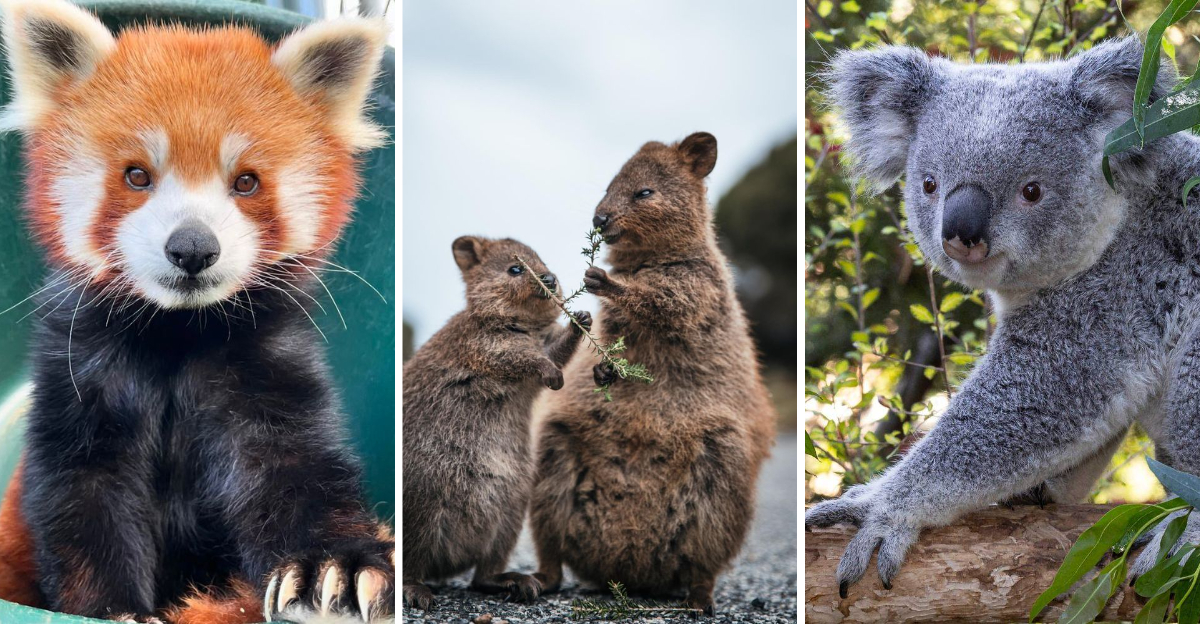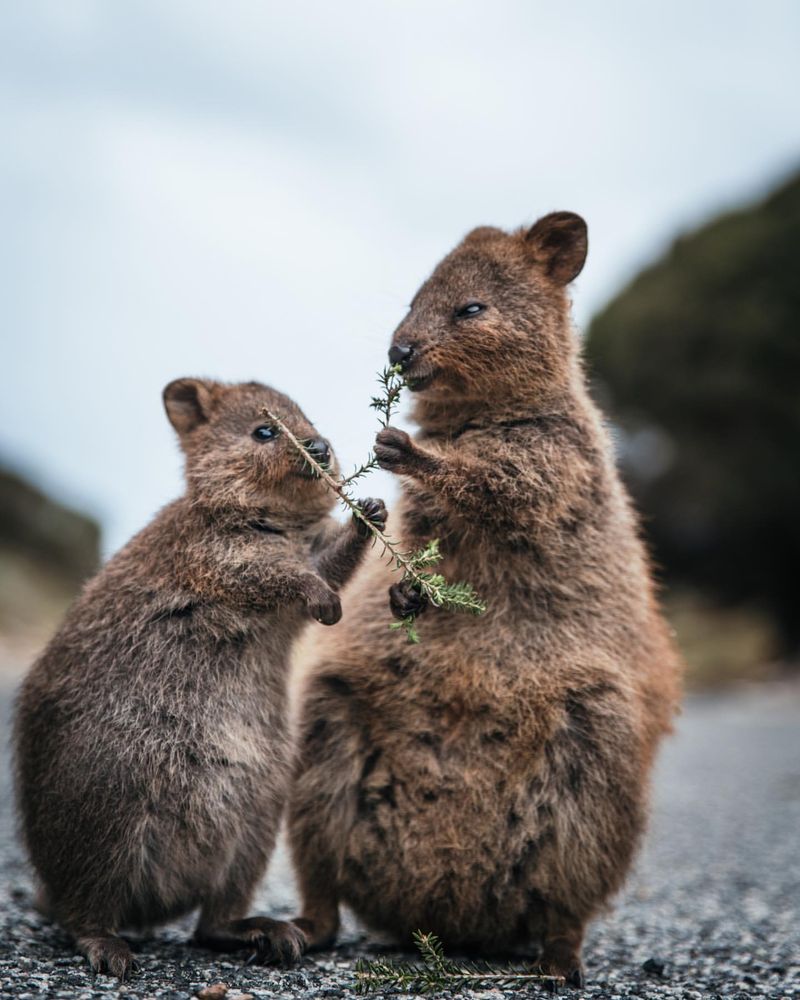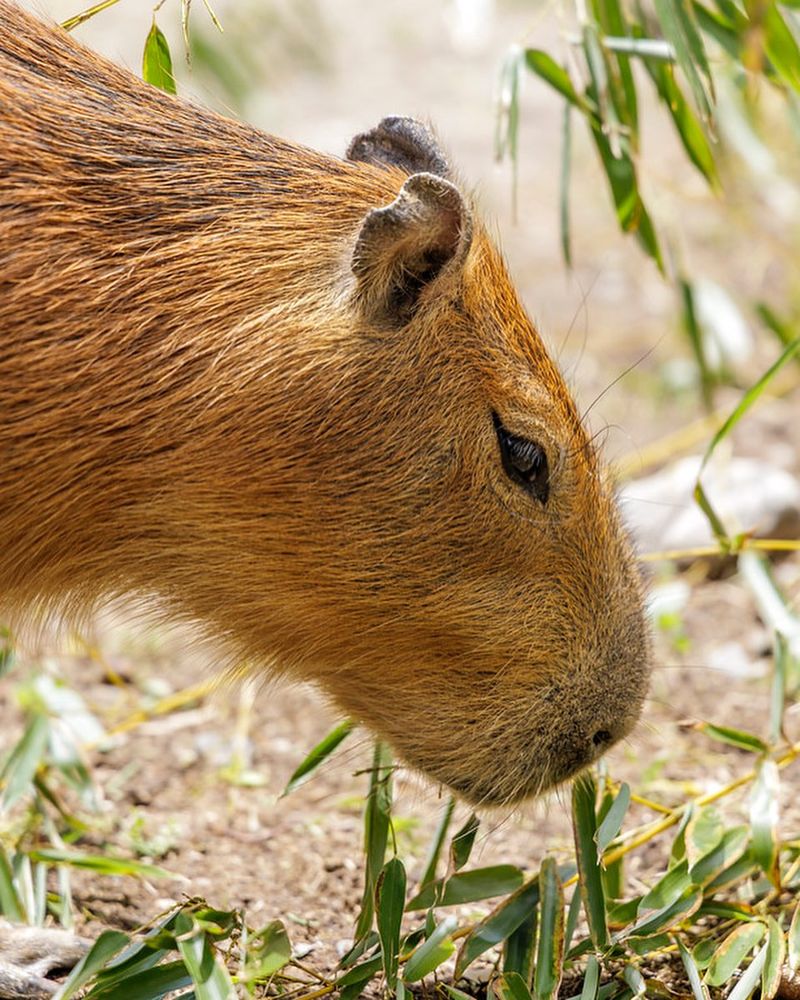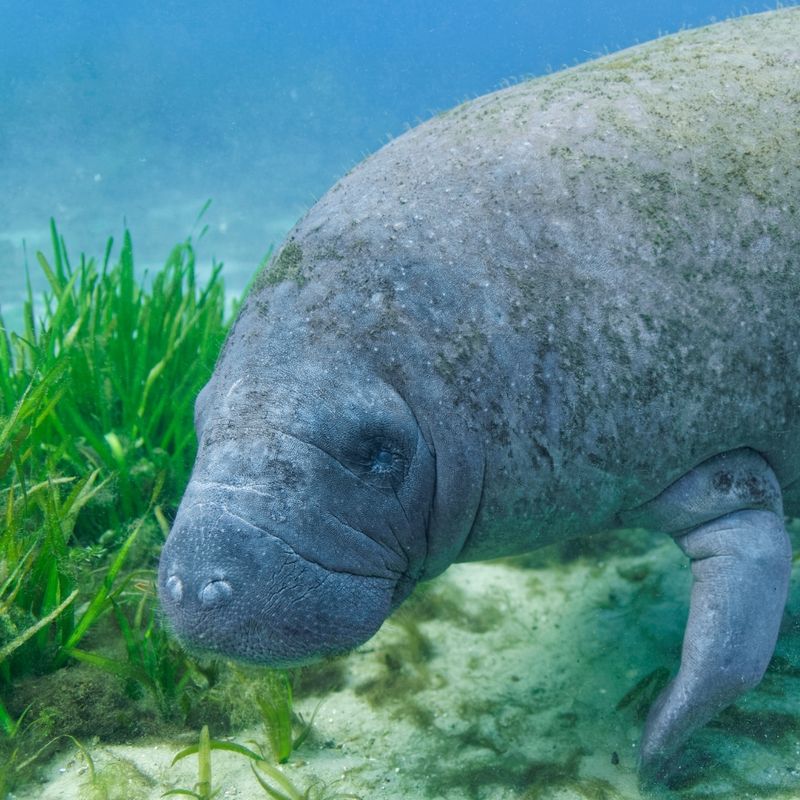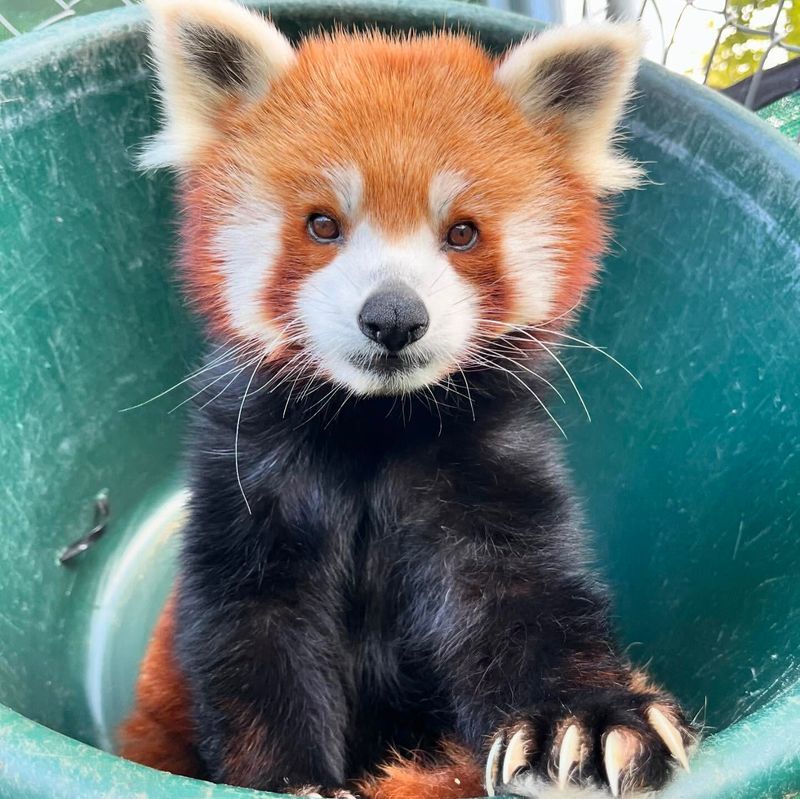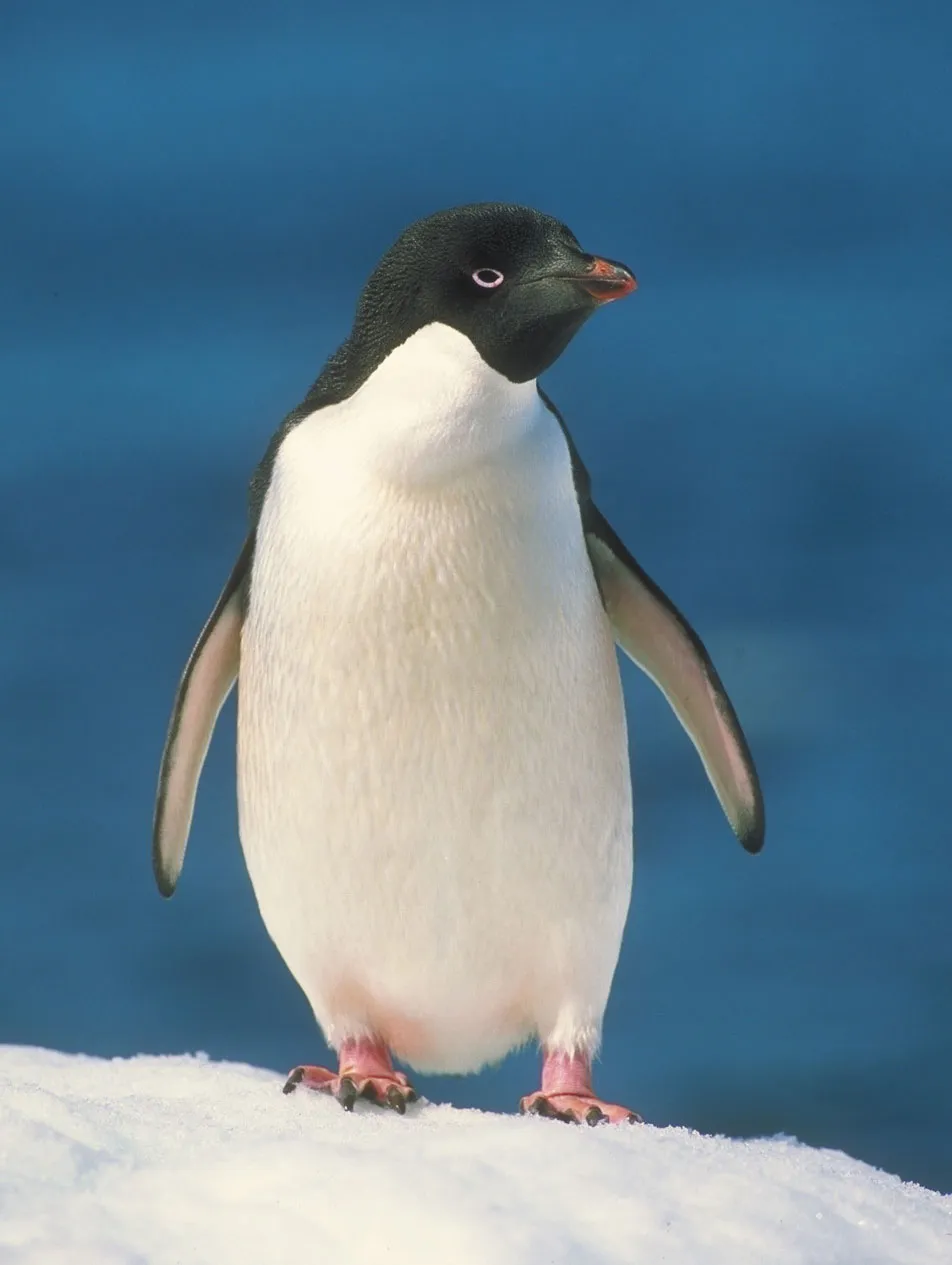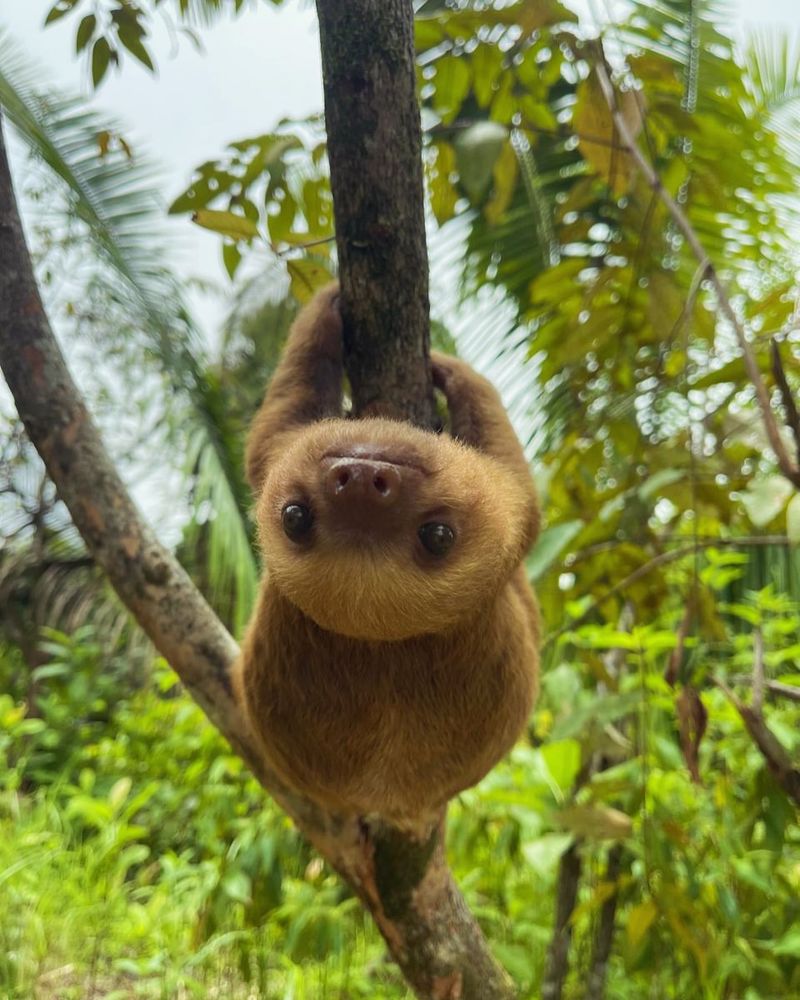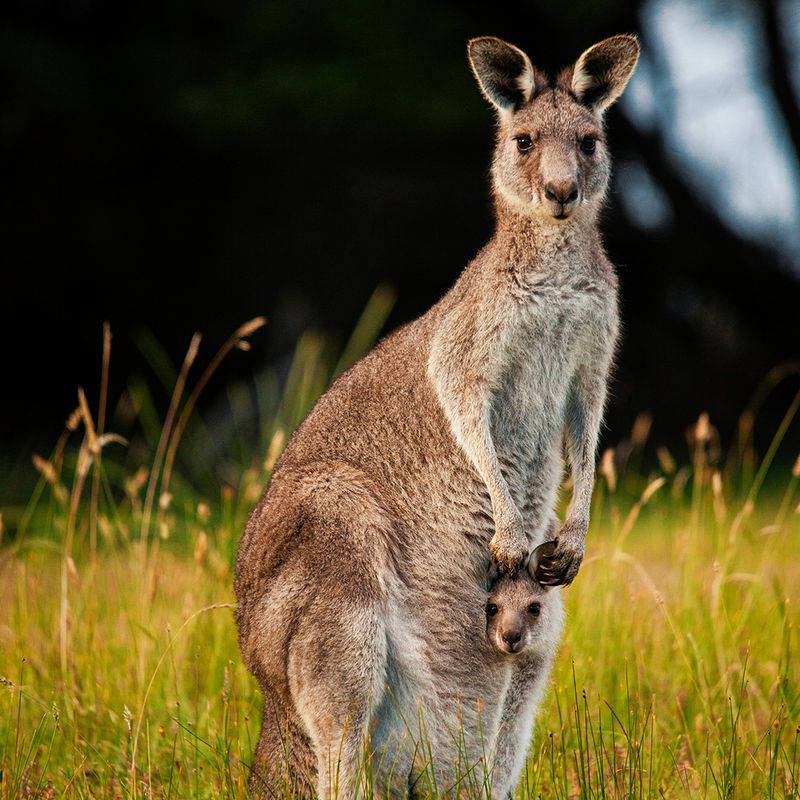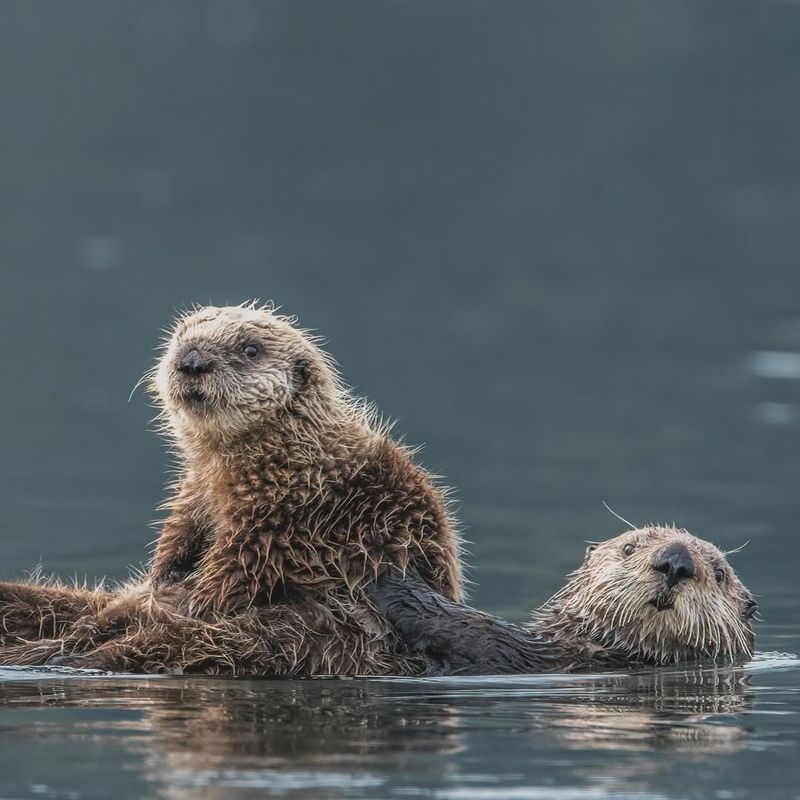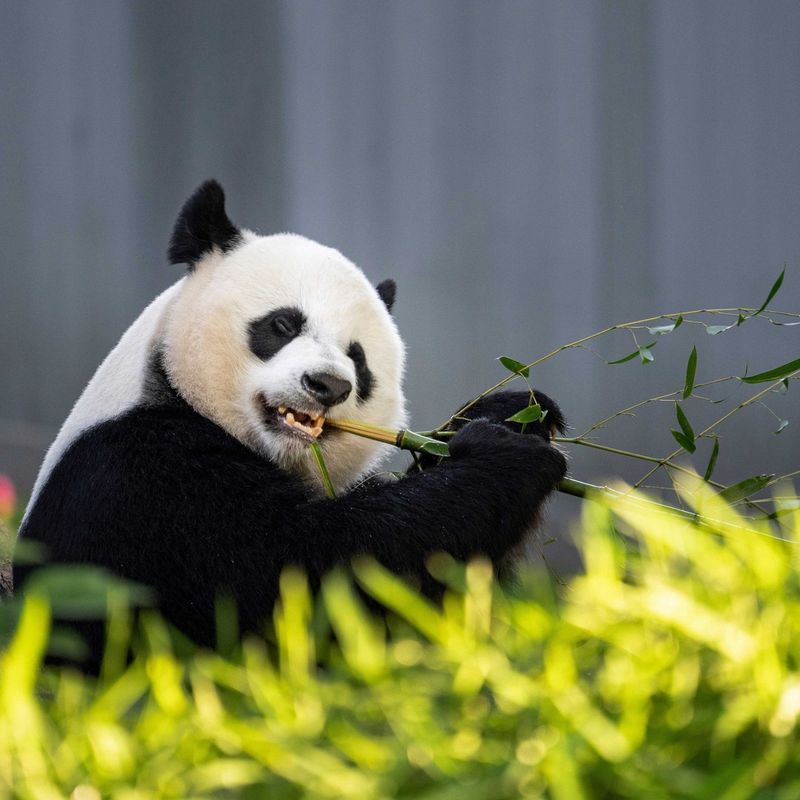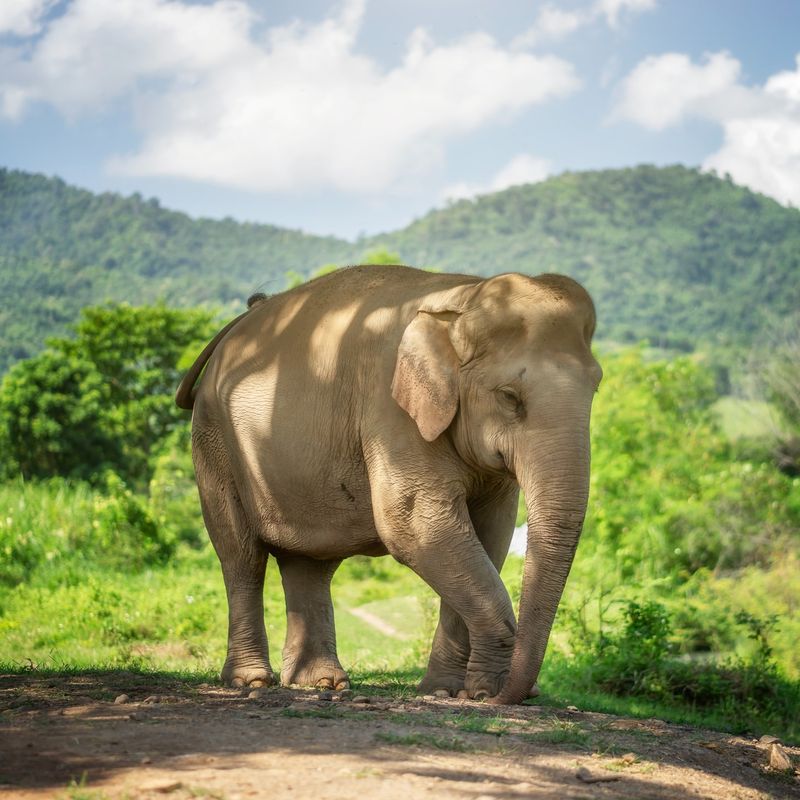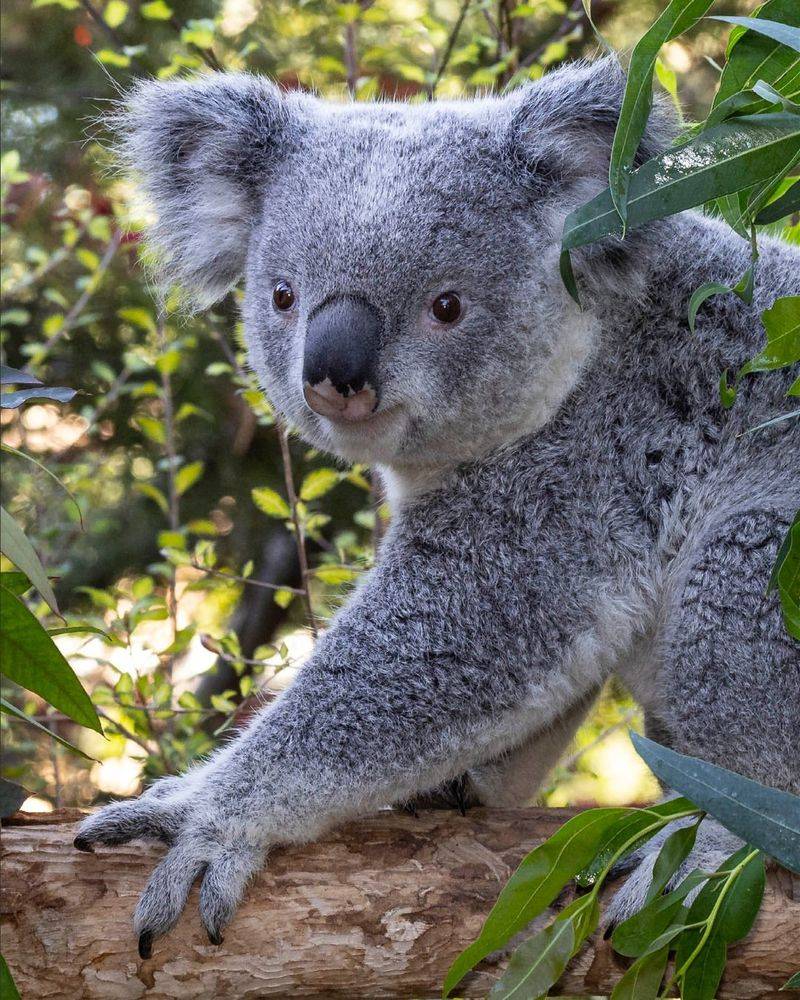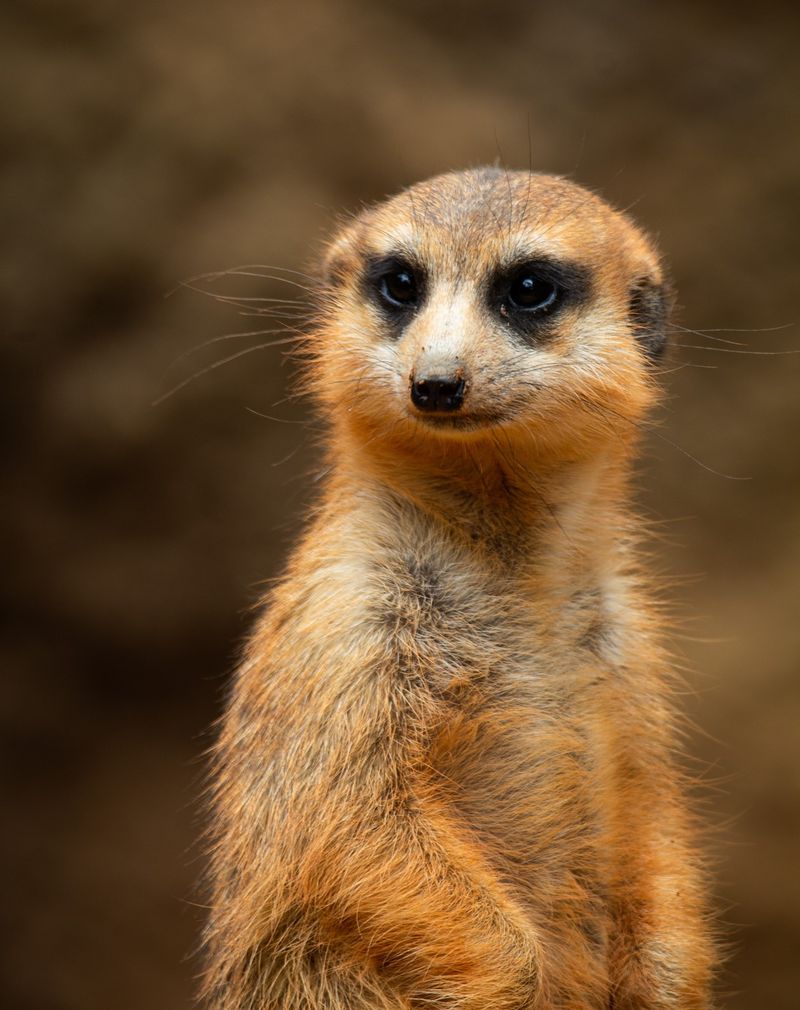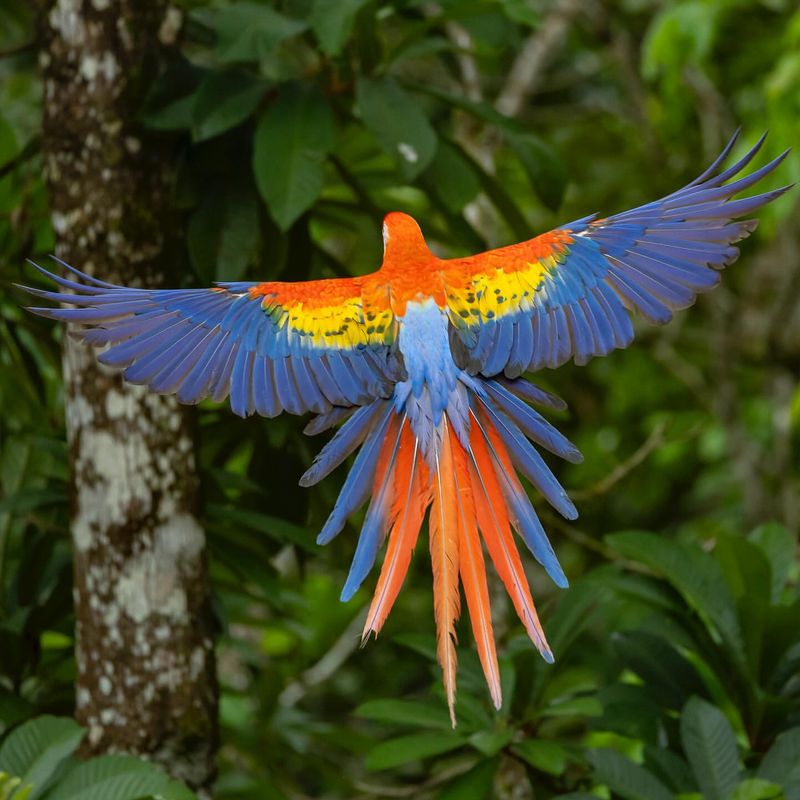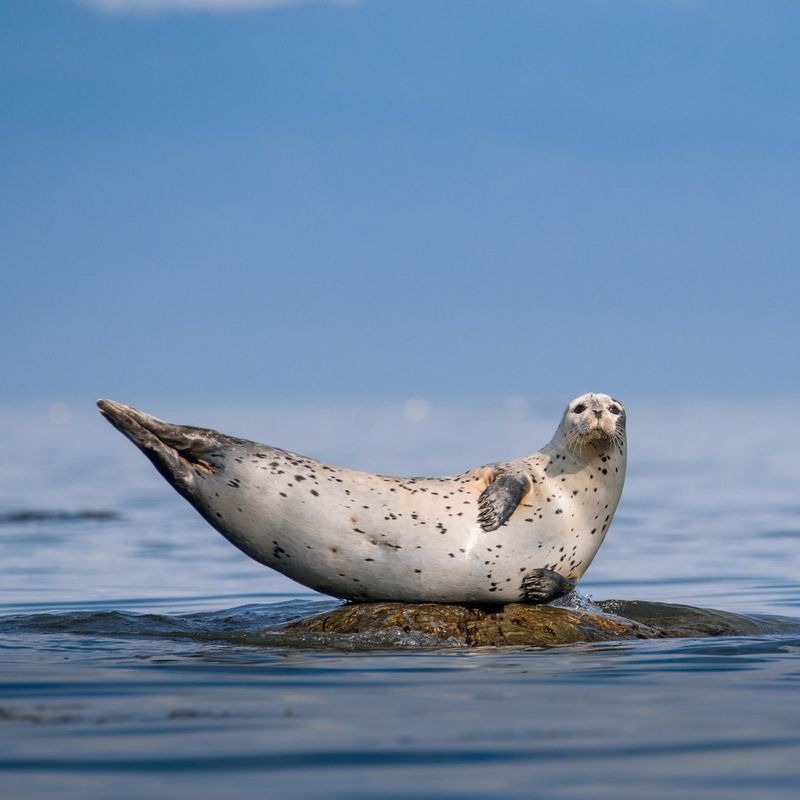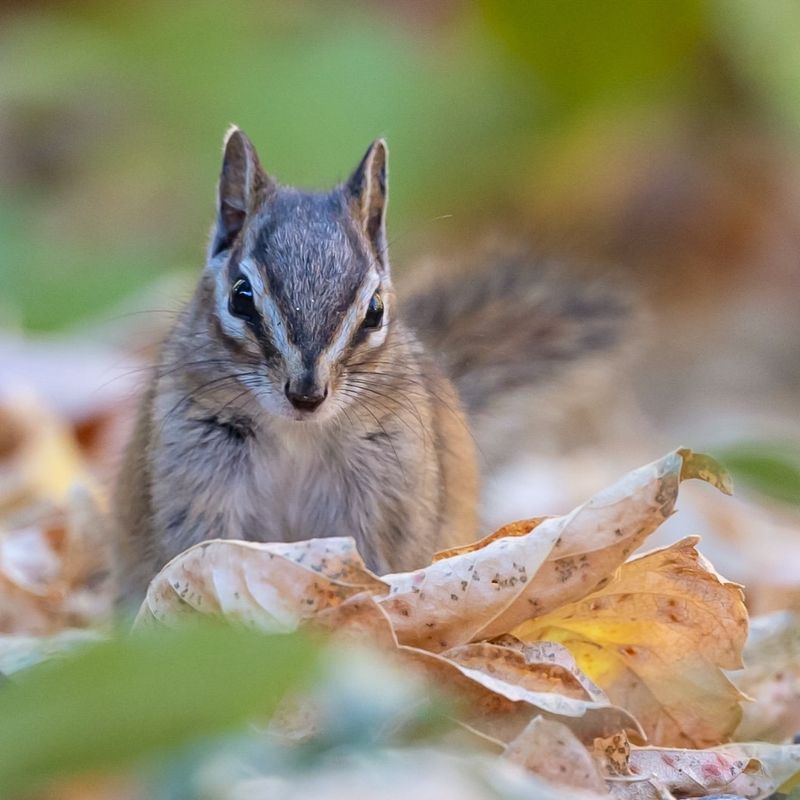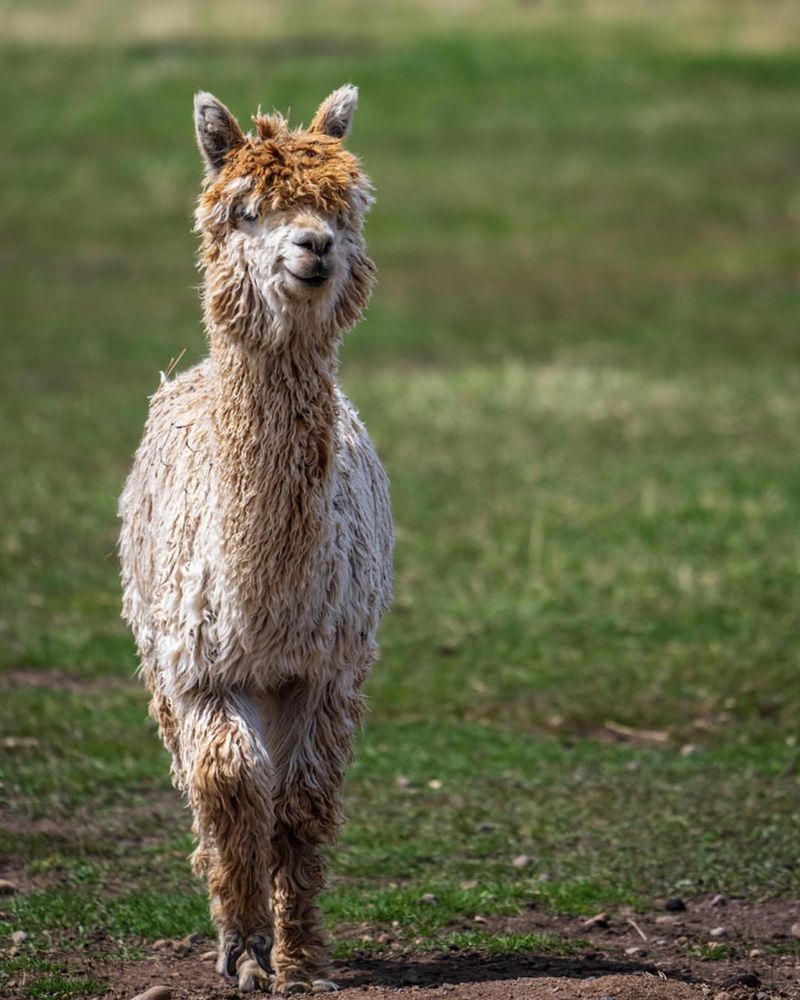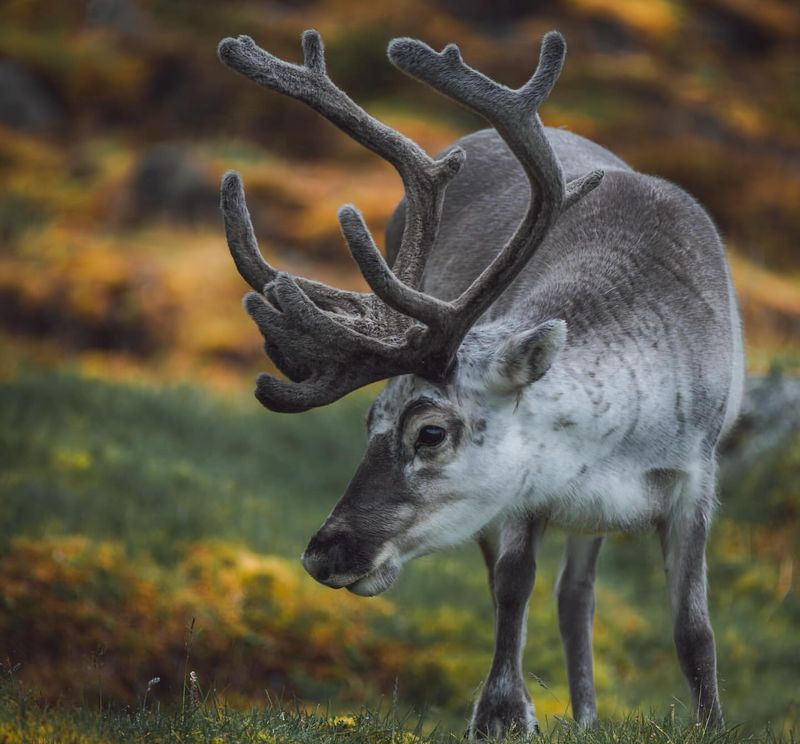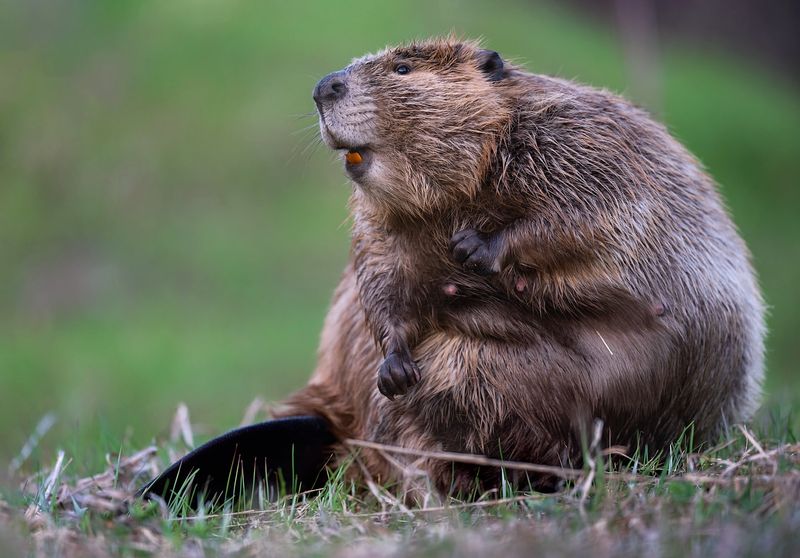📖 Table of Content:
Meet the wild side of nature where not everything is claws and danger. Some wild animals surprise us with their gentle and friendly nature, making encounters with them truly special. From curious mammals to sociable birds, these creatures remind us of the softer side of the animal kingdom.
These animals often display playful, affectionate behaviors, showing that even in the wild, warmth and connection can thrive. Whether it’s a peaceful sea creature or a land-dwelling friend, their calm demeanor invites admiration and interaction. Their presence offers a heartwarming glimpse into the diversity of nature’s personalities.
Join us as we explore the world of friendly wildlife that can charm and inspire. These approachable animals prove that nature isn’t just about survival—it’s also about curiosity and companionship. Discover the creatures that make the wild feel a little more welcoming.
1. Quokka
Quokkas are small marsupials native to Australia, often found on Rottnest Island. Known as the world’s happiest animals, these creatures have a natural smile that has made them a social media sensation.
They are nocturnal and herbivorous, feeding on leaves and grass. Quokkas are incredibly friendly to humans, often approaching visitors with curiosity.
Their approachable nature makes them a favorite among tourists, who flock to snap selfies with these adorable animals. Despite their friendliness, it’s important to respect their space and habitat to ensure their safety and well-being.
2. Capybara
The largest of all rodents, capybaras, are gentle, sociable creatures native to South America. Thriving in groups near rivers and lakes, these semi-aquatic mammals rely on webbed feet for swimming and graze primarily on grass.
Their calm temperament allows them to coexist peacefully with other animals, including birds that perch on them.
Capybaras have become beloved icons, often featured in memes and videos. When meeting them, remember to observe from a respectful distance and enjoy their tranquil presence.
3. Manatee
Gentle giants of the sea, manatees—often called sea cows—drift through the warm coastal waters of Florida and the Caribbean. These slow-moving herbivores graze on aquatic plants, embodying a peaceful presence in their aquatic habitats.
They are known for their curiosity towards humans, often approaching swimmers and kayakers with gentle curiosity. Despite their friendly demeanor, manatees are vulnerable species due to habitat loss and boat collisions.
When encountering manatees, it’s crucial to admire them from a distance and avoid disturbing their natural behavior.
4. Dolphin
Celebrated for their intelligence and playful nature, dolphins thrive in oceans across the globe. These social marine mammals live in pods, communicating through diverse vocalizations and delighting onlookers as they ride waves and leap gracefully above the water.
They often approach boats and swimmers, showcasing their friendly nature. Dolphins display empathy and have been known to assist injured members of their pod.
While they enjoy human interaction, it’s important to engage with them responsibly, following guidelines to ensure their safety and conservation.
5. Red Panda
Often called the “firefox” of the animal kingdom, red pandas inhabit the Eastern Himalayas, where they spend much of their time among the trees. Though their name suggests a link to giant pandas, they are distant relatives, thriving on a bamboo-rich diet in their arboreal homes.
Their gentle and solitary nature makes them a sought-after attraction in zoos and wildlife parks. Known for their playful behavior and unique appearance, red pandas captivate the hearts of many.
While they are friendly in captivity, they are endangered in the wild, highlighting the importance of conservation efforts to protect their habitat.
6. Penguin
Known for their charming waddles and tight-knit social bonds, penguins stand out among the flightless birds of the Southern Hemisphere. Thriving in the icy expanses of Antarctica, they gather in large colonies, huddling closely to endure the cold.
Their curiosity and lack of fear towards humans make them fascinating to observe. Visitors to their habitats are often charmed by their playful antics and distinctive calls.
To ensure their protection, it’s essential to follow guidelines when visiting penguin colonies, minimizing human impact on their fragile environment.
7. Sloth
Sloths are slow-moving mammals known for their relaxed lifestyle, spending most of their time hanging upside down in trees. Found in the rainforests of Central and South America, sloths are primarily herbivores, feeding on leaves and flowers. Their slow metabolism and low-energy diet contribute to their lethargic pace.
Sloths have a friendly appearance and often evoke a sense of calm and tranquility. Observing them in their natural habitat can be a serene experience.
While they are endearing, it’s important to avoid handling them, as they are sensitive creatures that thrive in undisturbed environments.
8. Kangaroo
Icons of Australia, kangaroos, are famous for their powerful hind legs and signature hopping gait. As social marsupials, they gather in groups known as mobs, thriving in open grasslands where they graze on grasses and shrubs.
Their curious nature occasionally leads them to approach humans, especially in wildlife parks and open areas. Kangaroos exhibit a friendly demeanor but can be unpredictable if threatened.
When observing kangaroos in the wild, it’s crucial to maintain a respectful distance and avoid feeding them, as this can disrupt their natural behavior and diet.
9. Sea Otter
Playful and resourceful, sea otters glide along the Pacific coast of North America, often floating on their backs as they crack open shellfish with stones. Their dense fur provides vital insulation, keeping them warm in chilly waters.
Their social nature and endearing antics make them popular among wildlife enthusiasts. Observers often enjoy watching them play and groom each other.
To support their conservation, it’s important to admire sea otters from a distance and avoid interfering with their natural activities, ensuring their habitats remain undisturbed.
10. Giant Panda
Beloved for their iconic black and white fur, giant pandas symbolize global conservation efforts. Native to China’s bamboo forests, these gentle bears spend much of their time munching on bamboo or resting. Though solitary in the wild, they often display playful behavior, especially in captivity.
Their unique appearance and docile nature make them a favorite among zoo visitors. Despite their friendly reputation, giant pandas are vulnerable in the wild, primarily due to habitat loss.
Efforts to protect their environment are crucial in ensuring the survival of this iconic species.
11. Elephant
Elephants, the gentle giants of the animal kingdom, are known for their intelligence, empathy, and complex social structures. Found in Africa and Asia, elephants live in herds led by a matriarch. They communicate through vocalizations and body language, displaying strong familial bonds.
Elephants are often seen in wildlife reserves, where they exhibit curiosity towards humans. Their majestic presence and gentle nature make them a sight to behold.
When visiting elephants, it’s vital to support ethical tourism practices that prioritize their well-being and conservation, ensuring these magnificent creatures thrive for future generations.
12. Koala
Native to Australia, koalas are iconic marsupials often seen lounging in eucalyptus trees. With fluffy ears and a calm demeanor, these herbivores spend much of their time resting and nibbling on eucalyptus leaves.
Though largely solitary, their gentle nature makes them favorites in wildlife parks. Their unique appearance and sleepy lifestyle endear them to people worldwide.
Despite their friendly image, koalas face threats from habitat loss and disease. Conservation efforts are essential to protect their natural environments and ensure their survival in the wild.
13. Meerkat
Small and social, meerkats thrive in the deserts of Southern Africa, where they live in tight-knit groups known as mobs or clans. Famous for their upright stance, these vigilant mammals often stand on their hind legs, carefully scanning the horizon for predators.
Their playful and inquisitive nature makes them a delight to watch in zoos and wildlife reserves. Meerkats communicate through a series of vocalizations, showing strong family bonds.
When observing meerkats, it’s important to respect their habitat and avoid disturbing their natural routines, contributing to their conservation and well-being.
14. Macaw
Vibrant and intelligent, macaws light up the skies of Central and South America with their striking plumage. These large, social parrots form deep bonds with their mates and communicate through an array of calls and gestures, making them one of the most expressive birds in the animal kingdom.
Their playful and curious nature makes them popular pets, although they thrive best in the wild. Observing macaws in their natural rainforest habitat is a breathtaking experience.
Conservation efforts focus on protecting their rainforest homes and preventing illegal pet trade, ensuring these magnificent birds continue to grace our skies.
15. Seal
Graceful inhabitants of the Northern Hemisphere’s coastlines, harbor seals are curious and playful marine mammals. Their streamlined bodies and flippers grant them agility in the water, where they often engage with divers and swimmers, adding to their charm beneath the waves.
Seals spend time on land basking in the sun, often in large groups. Their endearing appearance and inquisitive behavior make them popular among wildlife enthusiasts.
When encountering seals, it’s important to maintain a respectful distance and avoid disturbing them, as human interaction can impact their natural behavior and habitats.
16. Chipmunk
Energetic and agile, chipmunks scurry through North American forests and gardens, their striped fur and cheek pouches making them easy to recognize. These lively rodents are often spotted gathering and storing food, busily preparing for the winter months.
Their endearing antics and cheeky behavior often bring smiles to those who observe them. Despite their friendly appearance, chipmunks are wild animals and should be admired from a distance.
Encouraging natural habitats by planting native vegetation can help support chipmunk populations.
17. Wombat
Sturdy and skilled burrowers, wombats roam the open fields and forests of Australia by night. These solitary marsupials graze on grasses and roots, their calm demeanor and powerful build making them well-adapted to life underground.
Their unique appearance and waddling gait make them a beloved symbol of Australian wildlife. While wombats are approachable, it’s important to observe them without interference, respecting their natural behaviors.
Conservation efforts focus on protecting their habitats and ensuring their survival amidst environmental changes.
18. Alpaca
Native to the Andean regions of South America, alpacas are domesticated camelids prized for their soft wool and gentle nature. These social animals thrive in herds, forming strong bonds and contributing to the rich textile traditions of the region.
Their friendly nature makes them popular attractions on farms and ranches, where visitors can interact with them. Alpacas communicate through a series of soft humming sounds.
To ensure their well-being, it’s important to support ethical alpaca farms that prioritize animal care and sustainability, fostering a respectful relationship with these charming creatures.
19. Swan
Elegant and graceful, swans glide across lakes and rivers throughout the Northern Hemisphere. These social waterfowl are known for forming lifelong pairs and nurturing strong familial bonds, adding to their timeless beauty and charm.
Their calm and majestic presence attracts many admirers, making them a popular subject in art and literature. Observing swans can be a peaceful experience, best enjoyed from a distance to avoid disturbing them.
Conservation efforts aim to protect wetland habitats, ensuring swans continue to thrive in their natural environments.
20. Reindeer
Reindeer, also known as caribou in North America, are Arctic and Subarctic-dwelling deer renowned for their seasonal migrations. These social animals form large herds, traveling vast distances in search of food. They have adapted to cold environments with thick fur and specialized hooves.
Their friendly and approachable nature has made them synonymous with winter folklore, particularly around Christmas. Observing them in their natural habitat is a remarkable experience.
Efforts to protect their habitats from climate change and human encroachment are vital to preserving their populations and migratory patterns.
21. Beaver
Industrious and resourceful, beavers shape the landscapes of North America and Europe with their dam and lodge-building skills. Their powerful teeth enable them to fell trees, transforming ecosystems and creating habitats that benefit countless species.
Their friendly and hardworking nature often draws admiration from nature enthusiasts. Watching beavers at work provides insight into their complex and cooperative lifestyle.
To support beaver conservation, it’s important to protect wetlands and waterways, ensuring these vital habitats continue to support diverse wildlife.
